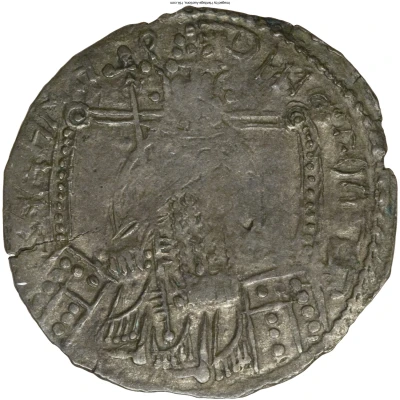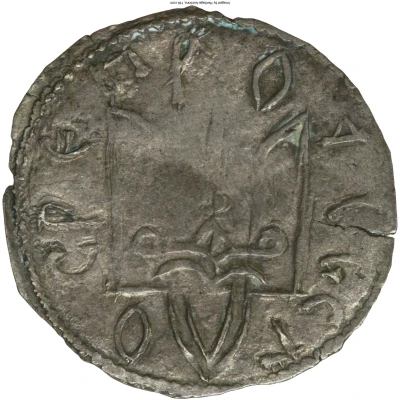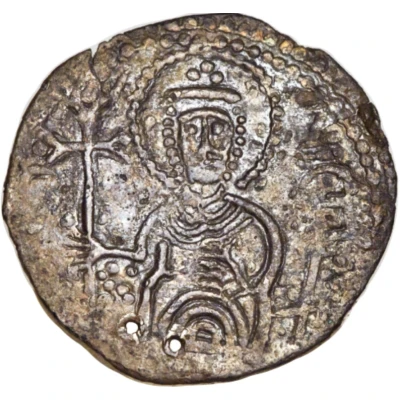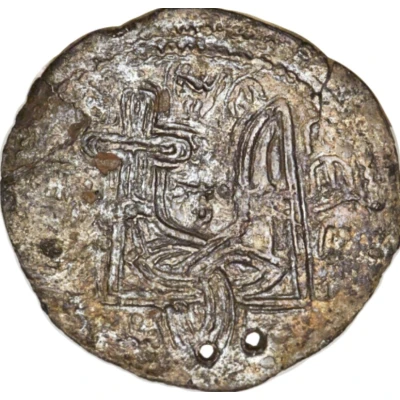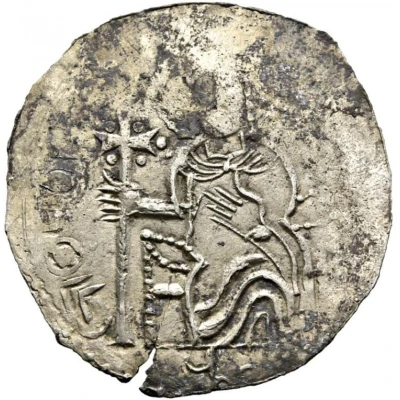
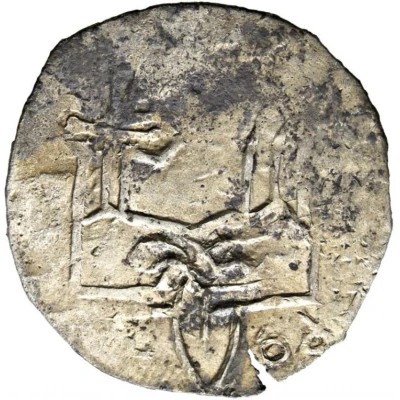

© H. D. Rauch
Srebrennik - Sviatopolk Vladimirovich ND
| Billon | 2.14 g | - |
| Issuer | Kyivan Rus |
|---|---|
| Ruling authority | Sviatopolk the Accursed (1015-1016, 1018-1019) |
| Type | Standard circulation coin |
| Years | 1015-1018 |
| Value | 1 Srebrenik (Nogata, Serebro) |
| Currency | Grivna |
| Composition | Billon |
| Weight | 2.14 g |
| Shape | Round (irregular) |
| Technique | Hammered |
| Orientation | Medal alignment ↑↑ |
| Demonetized | Yes |
| Updated | 2024-10-06 |
| Numista | N#167119 |
|---|---|
| Rarity index | 100% |
Reverse
Tamgha with two limbs, one ending in a cross and a triquetra at the base with a pelleted cross located between the limbs.
Comment
Sviatopolk I Vladimirovich, Sviatopolk the Accursed (c. 980 – 1019) was the Kniaz' (Prince) of Turov (988–1015) and Velikii Kniaz (the Grand Prince) of Kiev (1015–1019) whose paternity and guilt in the murder of brothers are disputed.Interesting fact
One interesting fact about the Srebrennik coin is that it was used as a form of currency in Kyivan Rus, a medieval state that existed in the 9th to 13th centuries in the territories of modern-day Ukraine, Belarus, and parts of Russia. The coin was made of billon, a metal alloy composed of silver and other metals, and weighed 2.14 grams. Despite its small weight, the coin played an important role in the economy of Kyivan Rus, facilitating trade and commerce within the region.
